Over St. Peter’s on a
Warm summer morning.
The Forum, also known by its Latin name, Forum Romanum, is a large rectangular outdoor area in central Rome containing the ruins of numerous temples, basilicas, arches, statues, monuments, residences and promenades as well as archeological digs. With millions of visitors a year, The Forum is one of the most important tourist sites in the world.
The Forum area has been in use since about 800 BC when it served as a burial place for local residents. Later, modeled on a Greek agora, The Forum became a public meeting and market place in the center of the city. Here people gathered for religious, political, legal and social activities. When Rome became a Republic in 509 BC, the Senate met at the Forum. Visitors to The Forum today can view the ruins of the many temples and monuments built, and in many cases, rebuilt over the ensuing centuries. An interesting example is the Curia Julia, a Senate house completed by Augustus Caesar in 29 BC and repurposed as a Catholic Church in 630 of the Current Era.
An independent state located within the city of Rome, the Vatican covers 110 acres and houses a population of 1,000. It is an ecclesiastical monarchy ruled by the Pope. Approximately six million visitors are welcomed at the Vatican each year to view the Vatican Museum, experience St. Peter’s Basilica and or participate in a Papal Audience.
Located adjacent to St. Peter’s, the Vatican Museum is the largest museum complex in the world. It is comprised of one thousand museums and galleries, including the Egyptian Museum, tapestries, gardens, the Raphael Rooms decorated with exquisite frescoes, and of course the Sistine Chapel, featuring the world-famous ceiling and upper wall frescoes of The Last Judgment by Michelangelo.
To visit the Vatican Museum, one must obtain tickets in advance. Choices will include large or small group tours. Our first visit to the Vatican Museum was a large group tour which entailed long lines and a cattle stampede-like rush through the Sistine Chapel with our necks craned backward for a quick glimpse of Michelangelo’s masterpiece. Thrilling though that was, we were grateful for the opportunity to visit the museum, including the Sistine Chapel, a few years later with a small group of pilgrims, one of whom was the Bishop of San Jose, the Most Reverend Patrick McGrath.
On this second visit, our group was allowed half an hour alone in the Sistine Chapel after the museum had closed. On this occasion, we were not only able to admire the intricacies of the very complex and majestic Last Judgment, but we also had the leisure to observe the earlier upper wall panels by Botticelli depicting scenes from the lives of Moses and Christ And the magnificent Cosmatesque floor (named after the Cosmati family of mosaic artists,) decorated with concentric circular mosaic patterns, was not even visible on our first visit to the Chapel. Travel brings us memories that linger forever. The half hour I spent in the Sistine Chapel remains one of the peak experiences of my life.
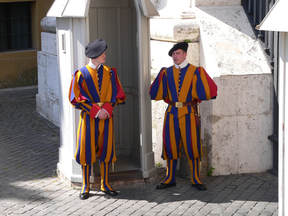
Centuries later, the Catholic Church leaders decided to build a more magnificent memorial to St. Peter, the Church’s first Pope. This decision occurred when the Renaissance, with its love for complexity and ornate décor was in full swing. Some scholars have observed that the opulence of the basilica’s size and decoration may have been a response to the Protestant Reformation and in particular a shout out to the Puritans, who detested excessive decoration as the work of the devil. In any case, the construction of St. Peter’s began in 1506 and was completed in 1626. Today it is a World Heritage Site, and archeological studies suggest that St. Peter’s remains may indeed rest in the crypt.
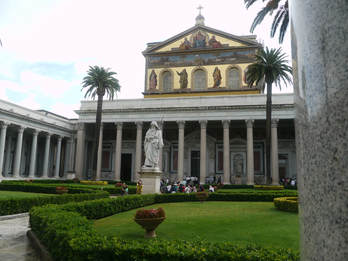
Italians are not in a hurry. Living each day with family, friendships, meaningful work, good food and conversation are what matter. It is not customary in Italy to create unnecessary stress by overscheduling oneself or multitasking. Each day has its own leisurely rhythms, and each moment has value. This is the culture that produced Constantine, Cicero, Petrarch, Bocaccio, Dante, Michelangelo and Leonardo da Vinci. Italians have proven to the world that it is possible to make lasting contributions to the betterment of mankind without destroying our beautiful earth or abandoning our humanity.
To learn more about Cassata alla Siciliana and other Italian pastries, I encourage you to review An Italian Tea in the World of Tea Parties section of myteaplanner.com. I hope you will also read In Defense of Fruitcake: Fruitcakes and Candied Fruit in the December Calendar of Tea Parties section of our website. Here you will find recipes for making your own candied fruits. You can also make this project very easy for yourself by using my niece and co-author, Kathleen Pedulla’s simple and perfect recipe for Cassata in our Italian Tea menu using a frozen pound cake. The recipe I am sharing here includes three elements: Golden Sponge Cake layers called genoise in French, referring to a cake that originated in Genoa, Italy, before the invention of baking powder, relying only on beaten eggs for leavening; a Ricotta cheese filling containing candied fruits, bits of chocolate and pine nuts; and a Dark Chocolate Glaze.
For the Golden Sponge Cake:
- 6 large eggs, slightly warmed
- 1 cup sugar
- 1 cup flour
- ¼ teaspoon salt
- 1 ½ teaspoons vanilla extract
- 6 tablespoons unsalted butter, melted and cooled
- Cooking spray for the pans
For the Ricotta Filling:
- 1 pound (16 ounces) ricotta cheese
- ½ cup powdered sugar
- ¼ teaspoon cinnamon
- 2 tablespoons grated or finely chopped bittersweet chocolate
- ½ teaspoon vanilla extract
- ¼ cup finely chopped candied orange peel, or other candied fruits
- 2 tablespoons lightly toasted pine nuts or chopped pistachios
- 2 (or more) tablespoons orange liqueur, optional
For the Chocolate Glaze:
- 6 ounces semi-sweet or bittersweet chocolate, chopped. (A 6-ounce package of chocolate chips will work.)
- 1 stick (1/2 cup) of unsalted butter
Preheat oven to 350° F
Special equipment: 2 nine-inch round cake pans lined with parchment paper, hand-held electric mixer, 2 medium sized metal mixing bowls, medium sized sauce pan or double boiler, small glass bowl, sieve or flour sifter, rubber spatula, cooling racks, wooden spoon, large glass measuring cup, kitchen knife or offset spatula, decorative cake plate or cake pedestal
Makes: 8-16 servings
- Prepare the Golden Sponge Cake: Spray two round cake pans with cooking spray, cut 2 rounds of parchment to fit the bottoms of the pans and spray the parchment. Melt the butter in a glass bowl in the microwave and set it aside to cool. Bring a pan of water to a simmer and maintain the simmering water on low heat while you prepare the egg mixture.
- In a medium sized metal bowl, combine the eggs and sugar and whisk with an electric mixer to combine. Set the bowl over the pan of simmering water and stir the egg mixture until it is warm and the sugar is dissolved. Remove the bowl from the pan and beat the egg mixture on medium speed for 10-15 minutes until it has tripled in volume.
- Sift the flour and salt together in a medium sized bowl with a sieve or flour sifter. Stir the vanilla extract into the melted butter. Using a rubber spatula, fold the flour mixture into the egg mixture a little at a time just until combined and no flour is visible.
- Stir one fourth of the flour mixture into the butter mixture and fold the butter mixture quickly into the batter. Pour the batter into the prepared pans and smooth the tops with the spatula. Bake in the preheated oven for 20-25 minutes until golden and a knife or toothpick inserted in the center comes out clean. Cool on wire racks.
- Prepare the Ricotta Filling: Combine the ricotta and sugar in a medium sized mixing bowl and stir with a wooden spoon. Add the remaining filling ingredients and stir until well combined. (Feel free to add a couple of tablespoons of orange liqueur if you wish.)
- Assemble the Cassata: Prepare the Chocolate Glaze by melting the 6 ounces of chopped chocolate and the butter in a large glass measuring cup in the microwave at 30-second intervals, stirring after each interval until the mixture is smooth. Remove the cooled cake layers from the pans and peel off the parchment.
- Place one cake layer, top side down on a decorative cake plate or cake pedestal. Carefully spread the Ricotta Filling over the cake layer. Center the remaining cake layer over the filling and press gently. Pour the Chocolate Glaze over the top of the Cassata and let it drip over the sides. Refrigerate until ready to serve, and refrigerate any leftovers.

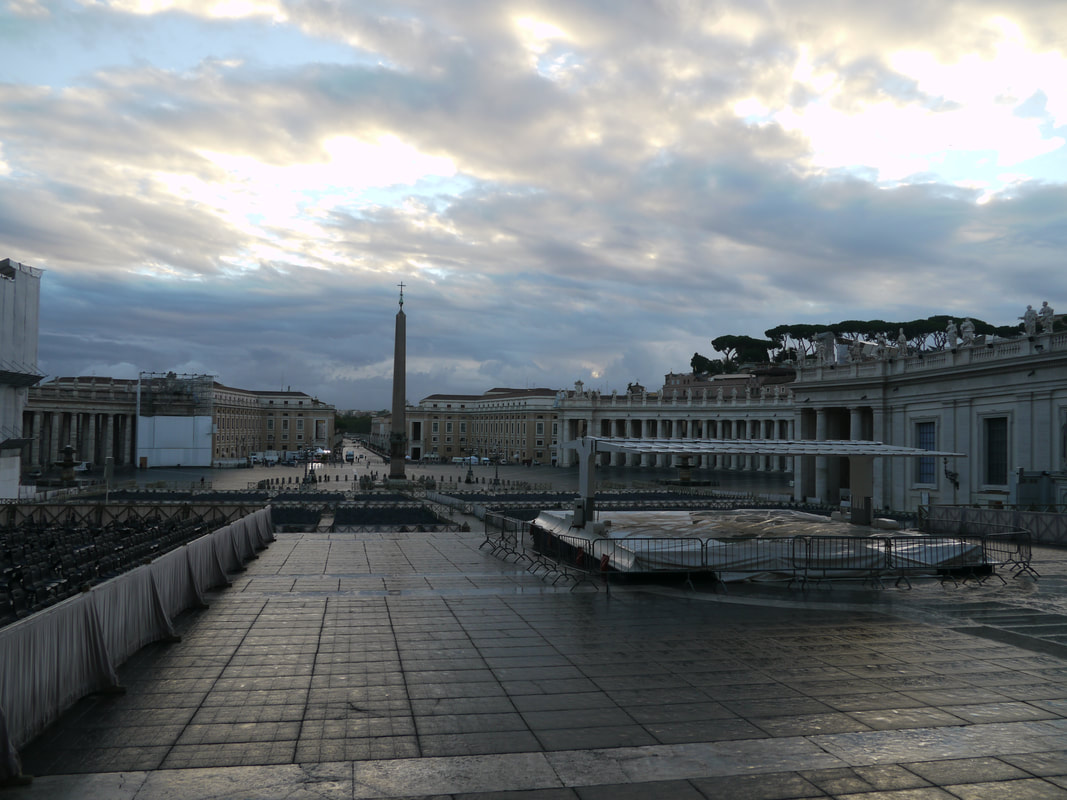
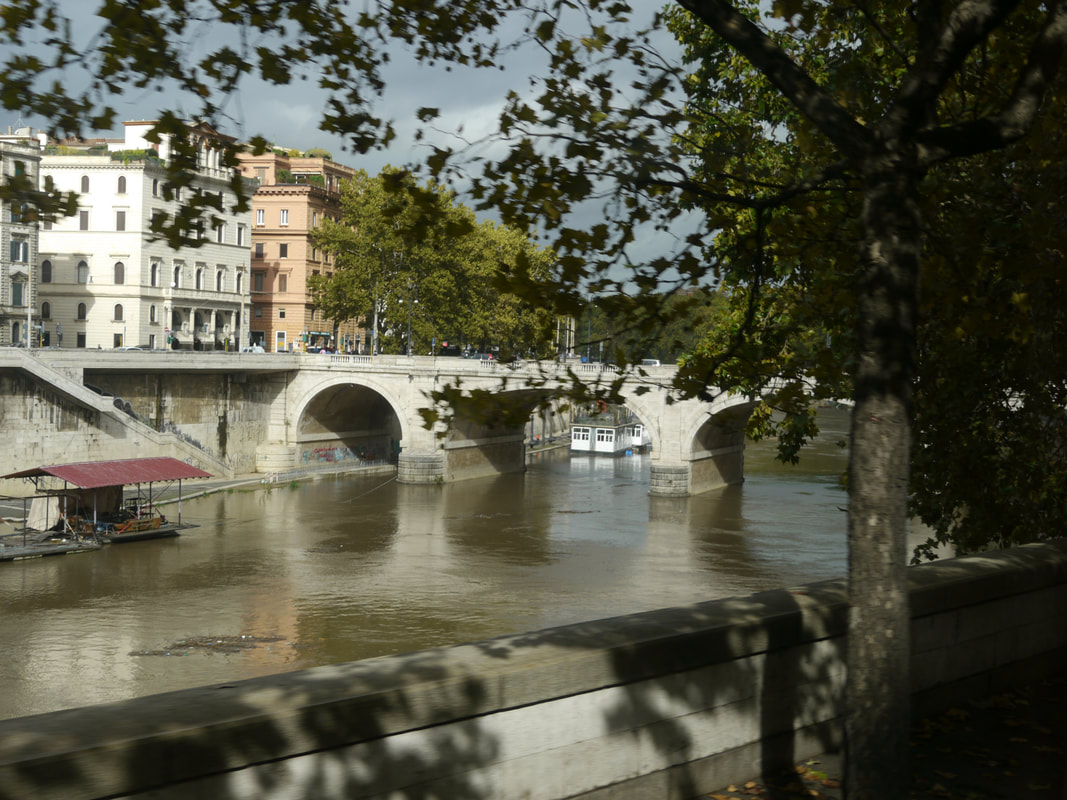
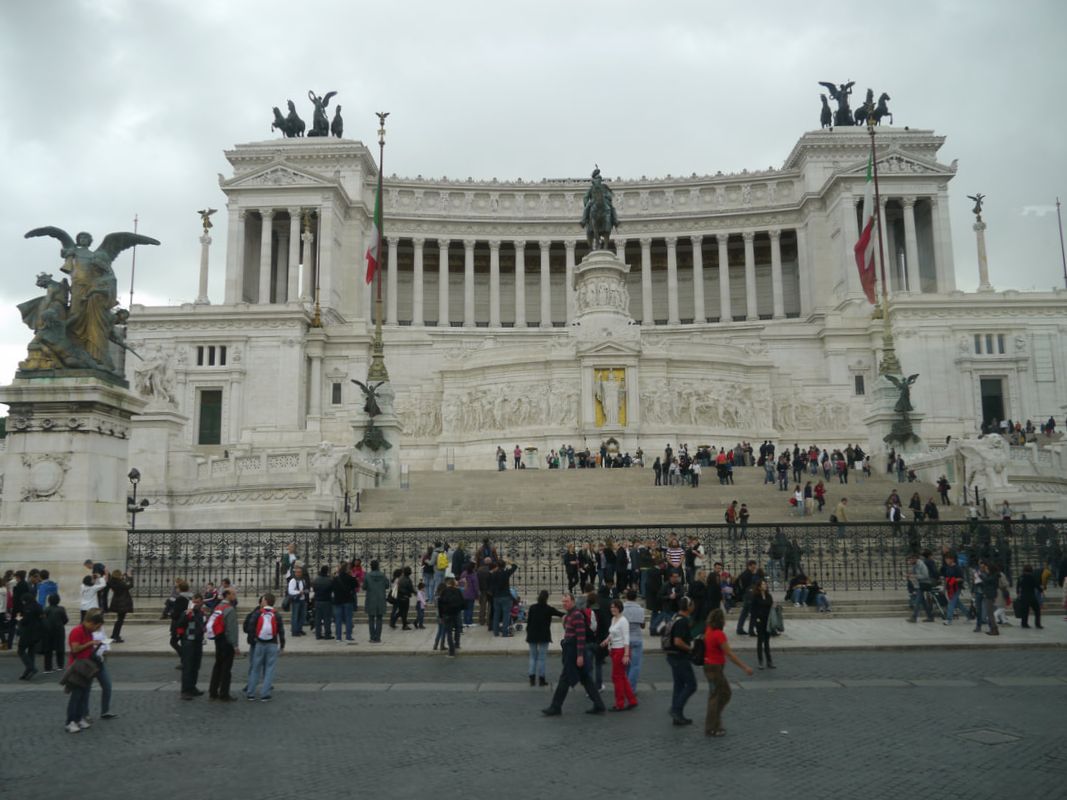
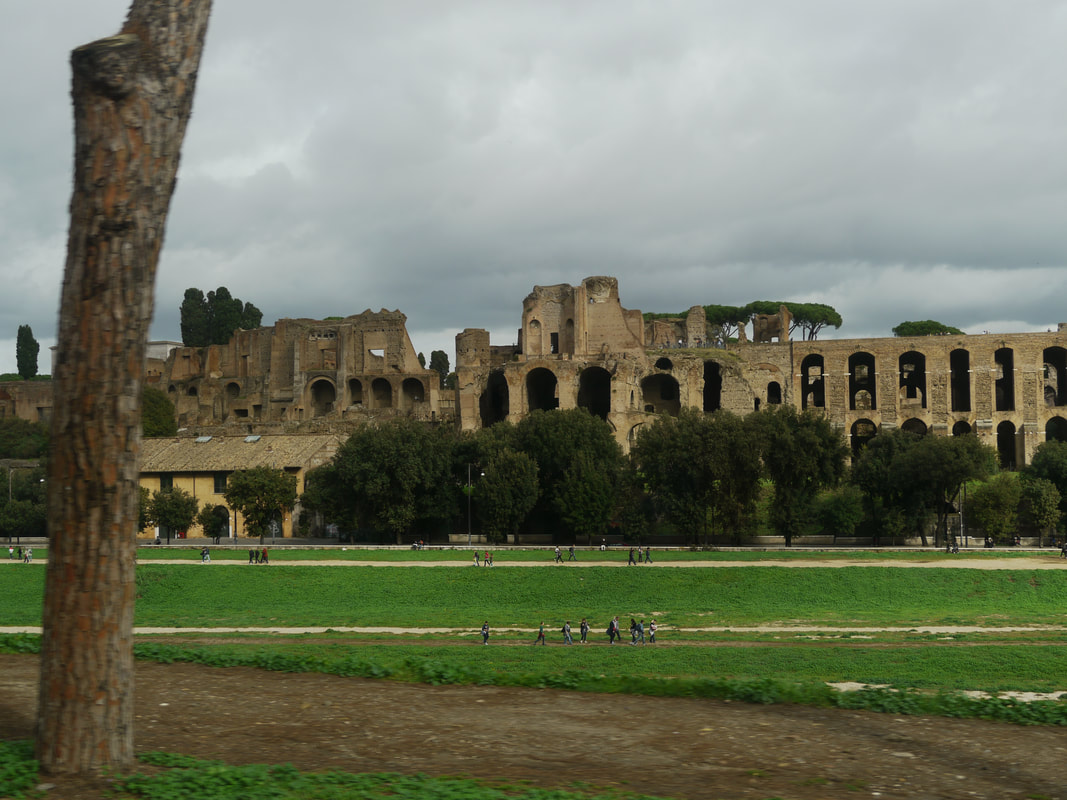
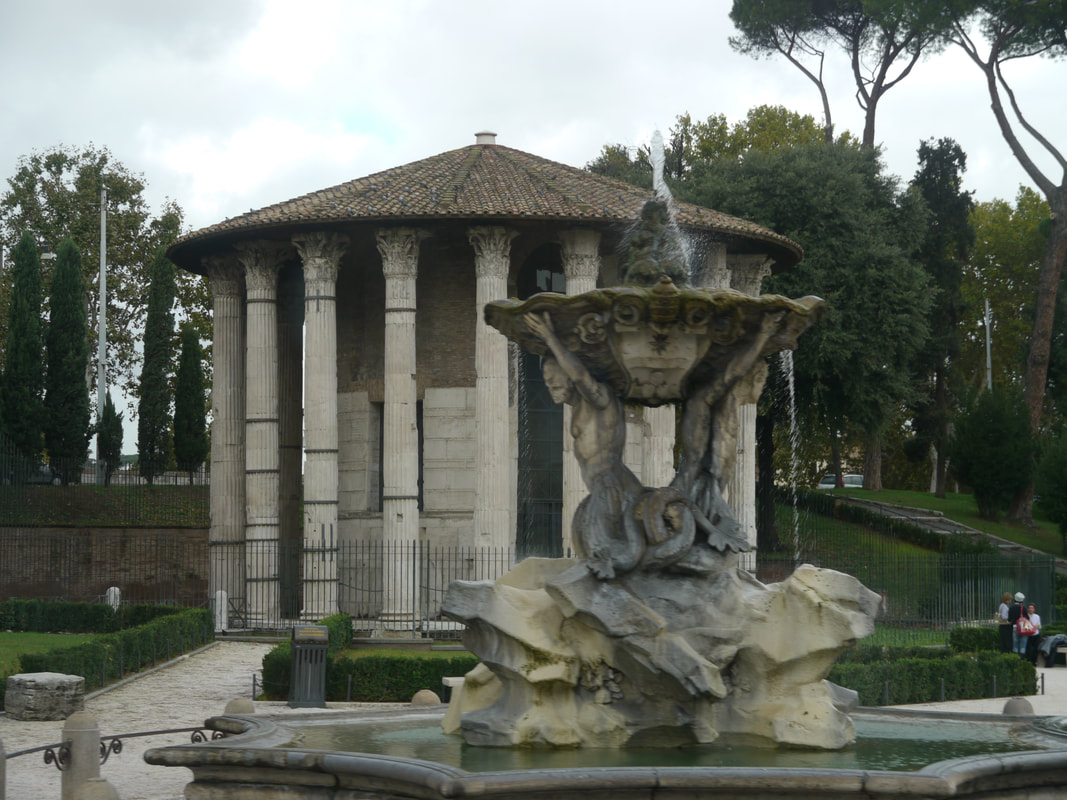
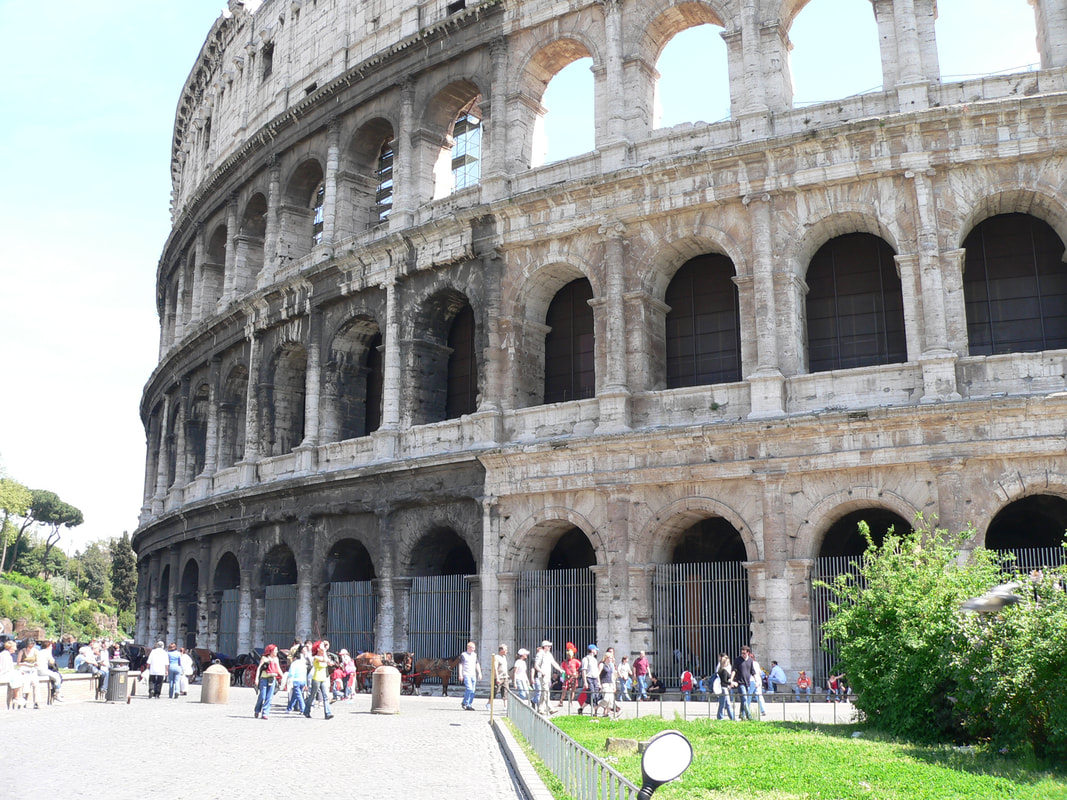
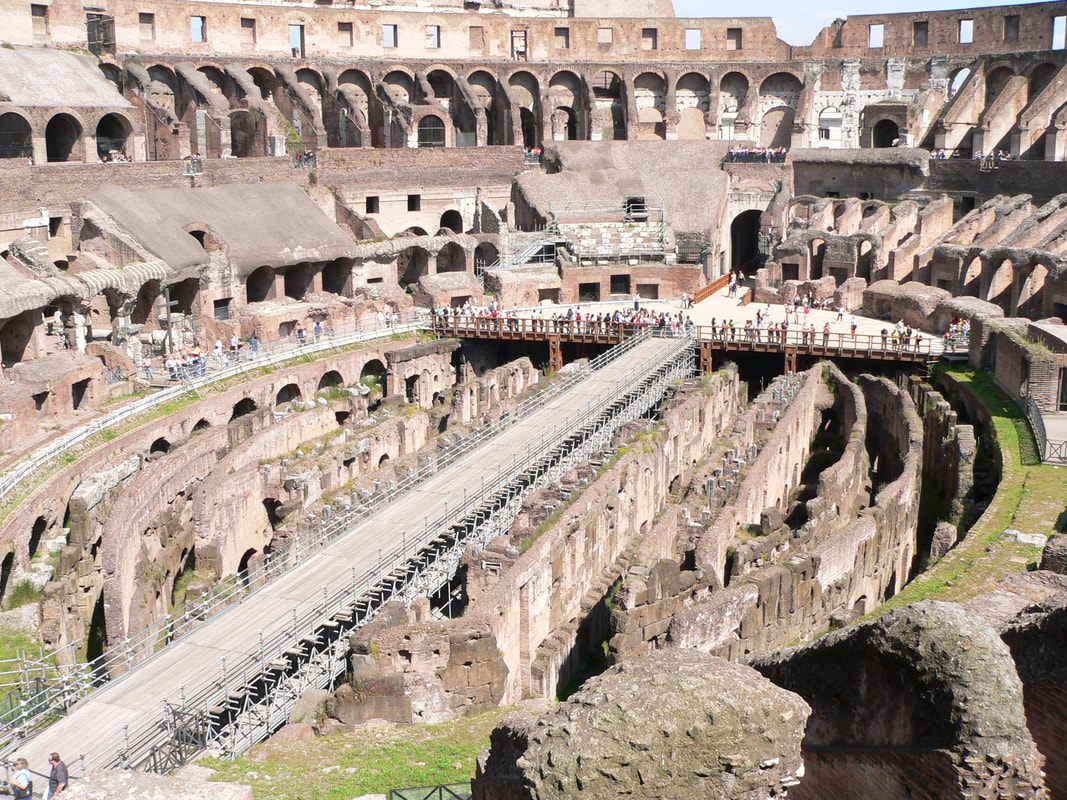
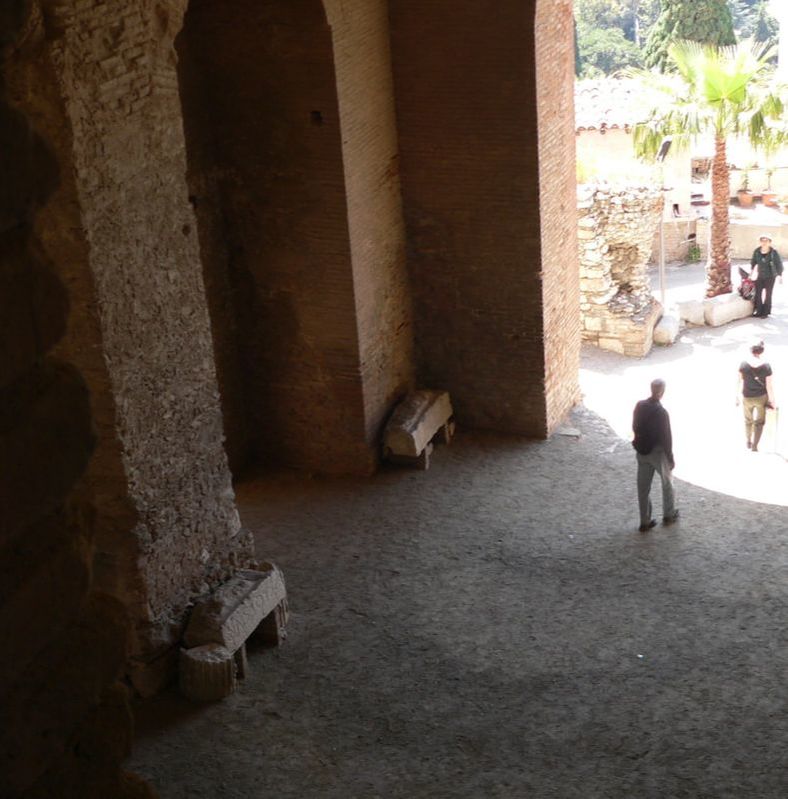
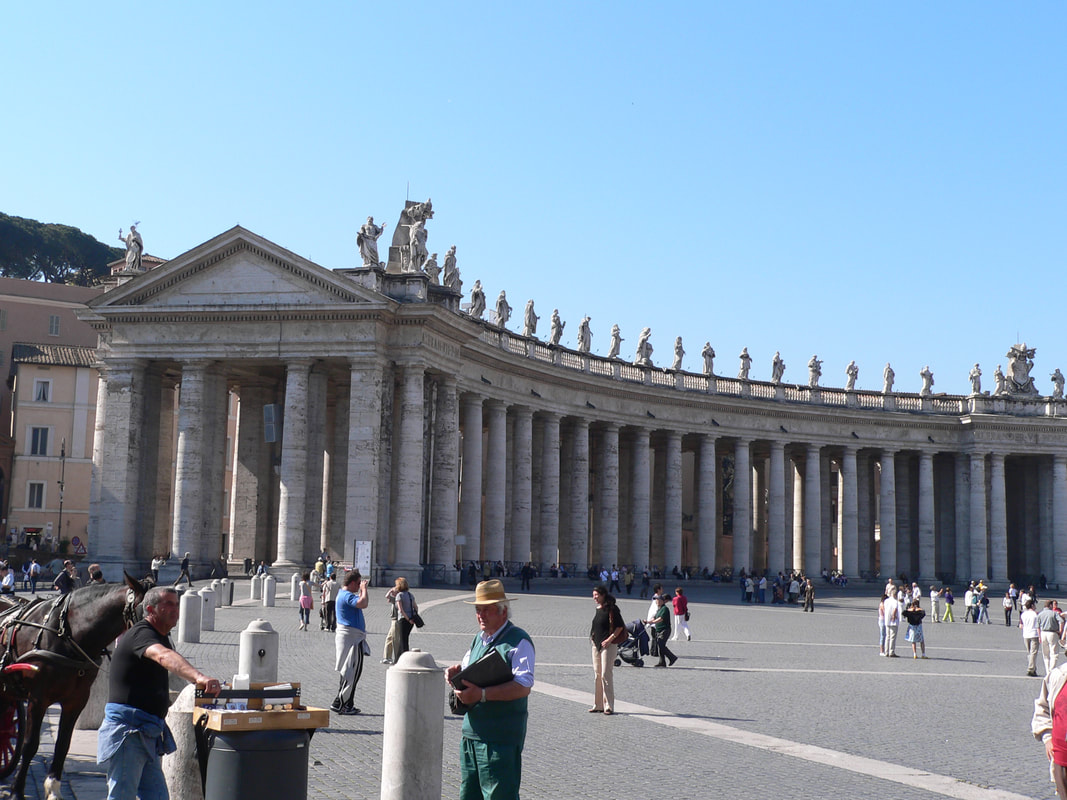
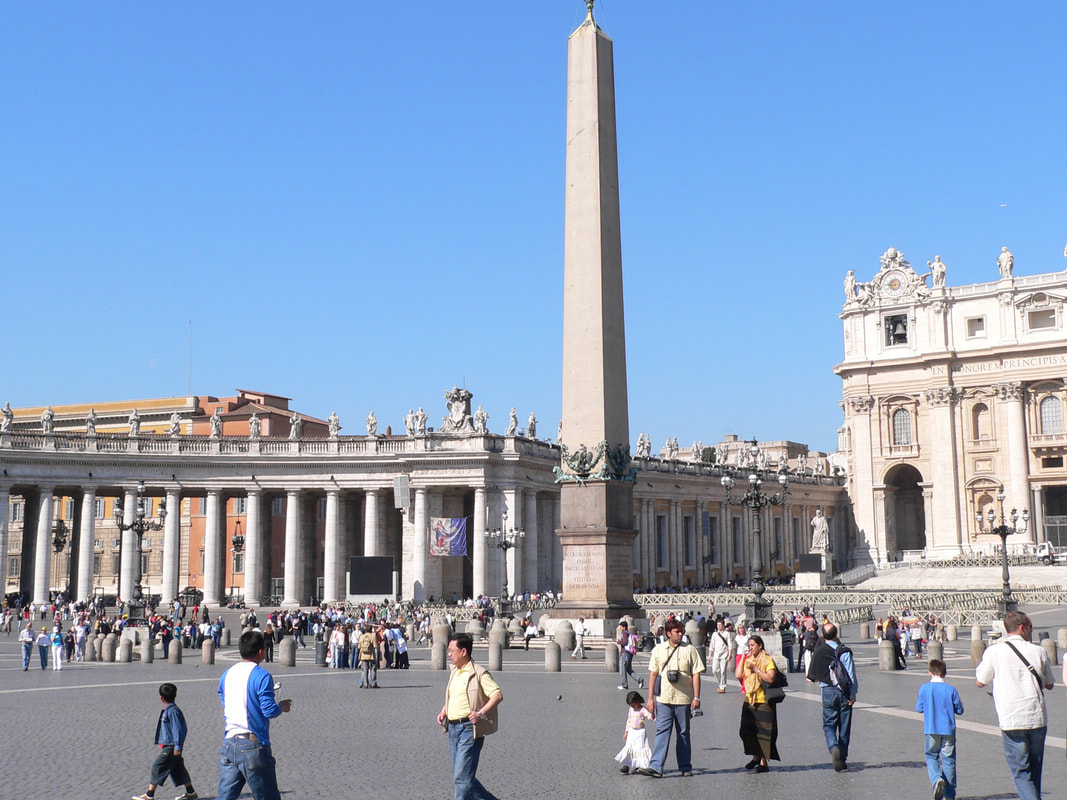
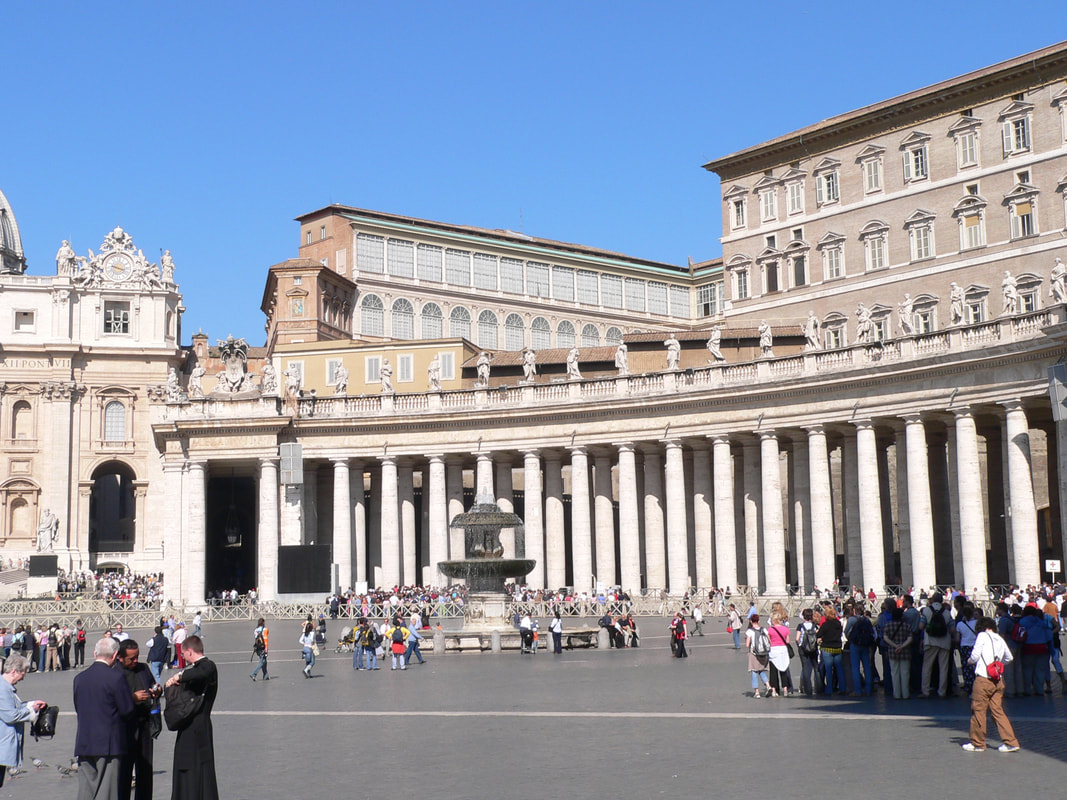
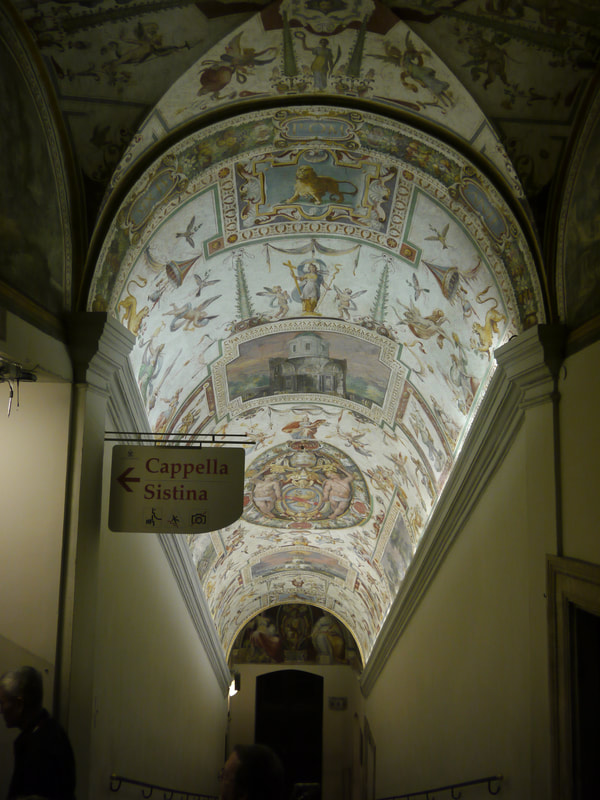
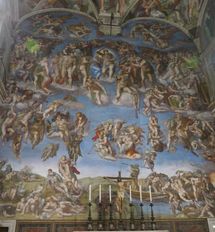
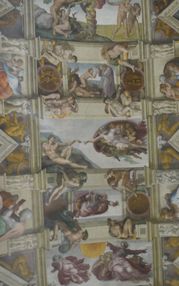
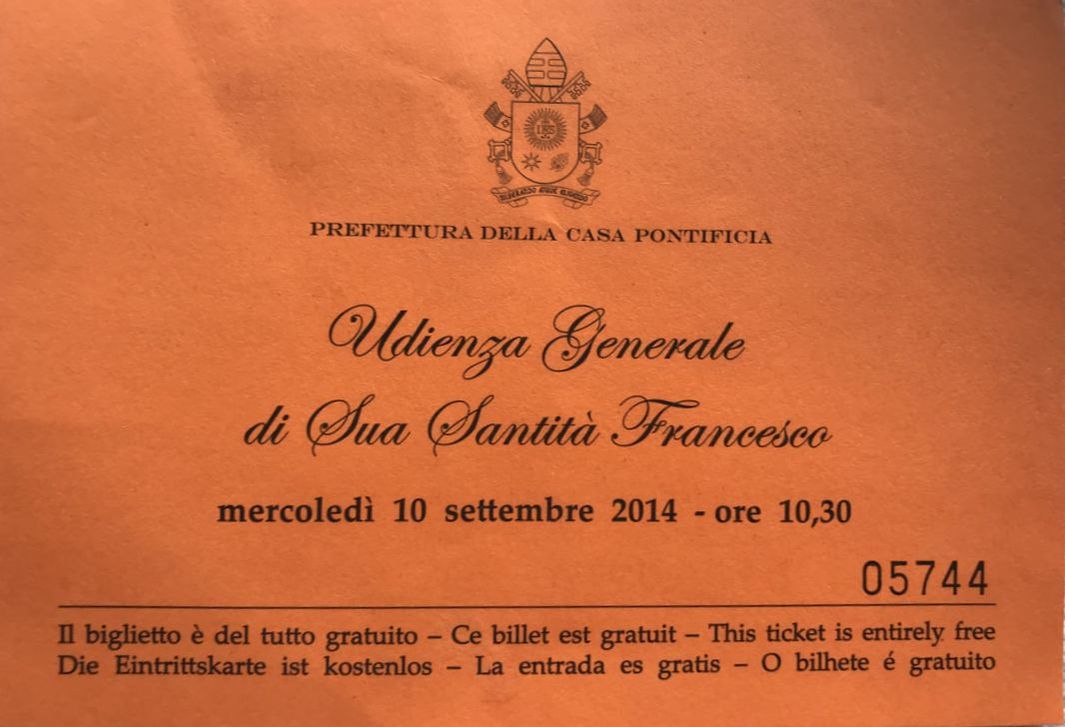
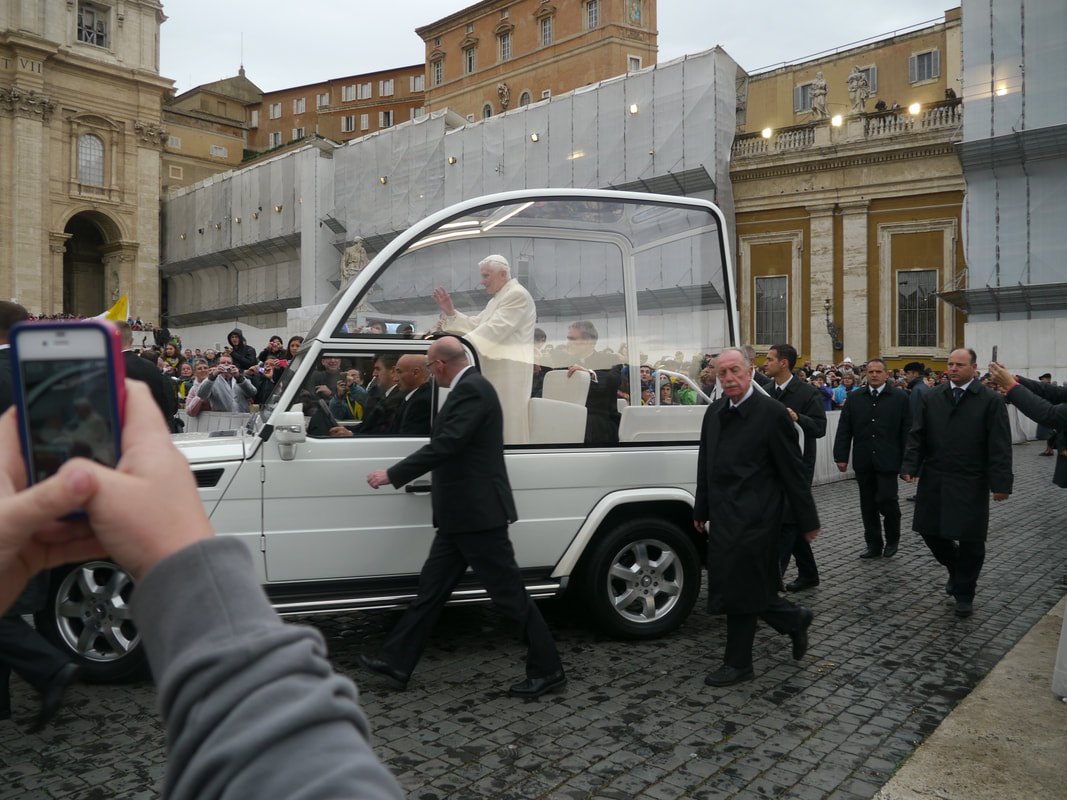
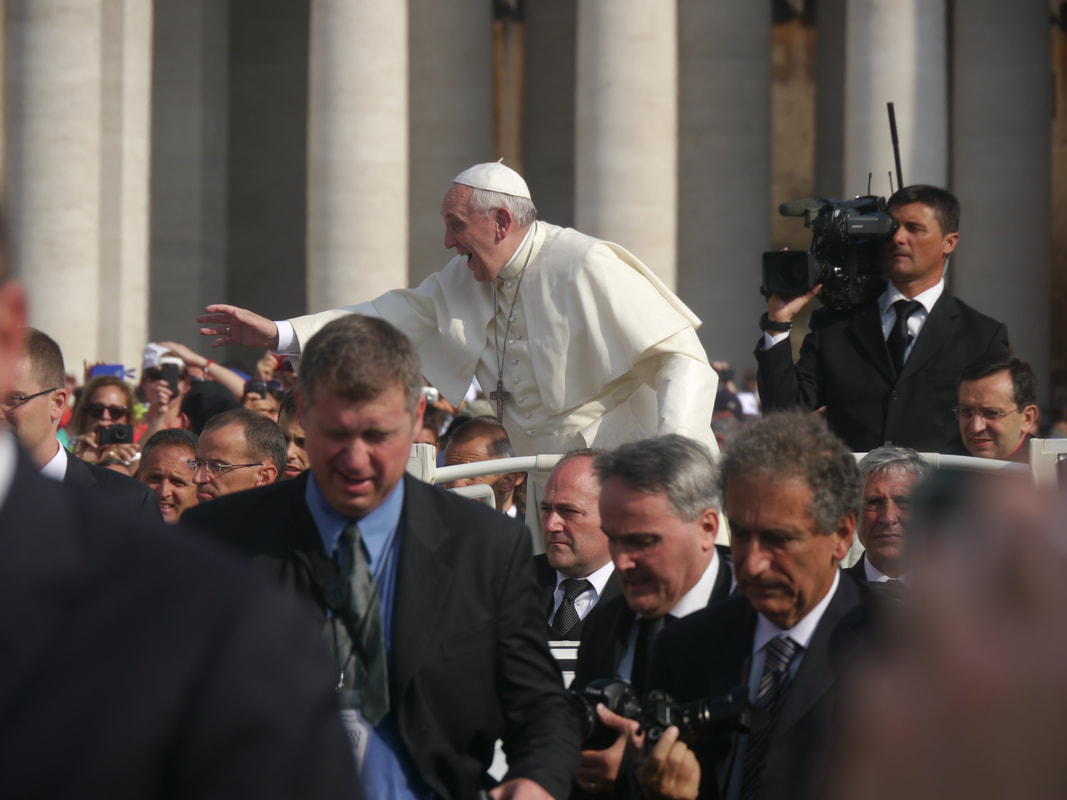
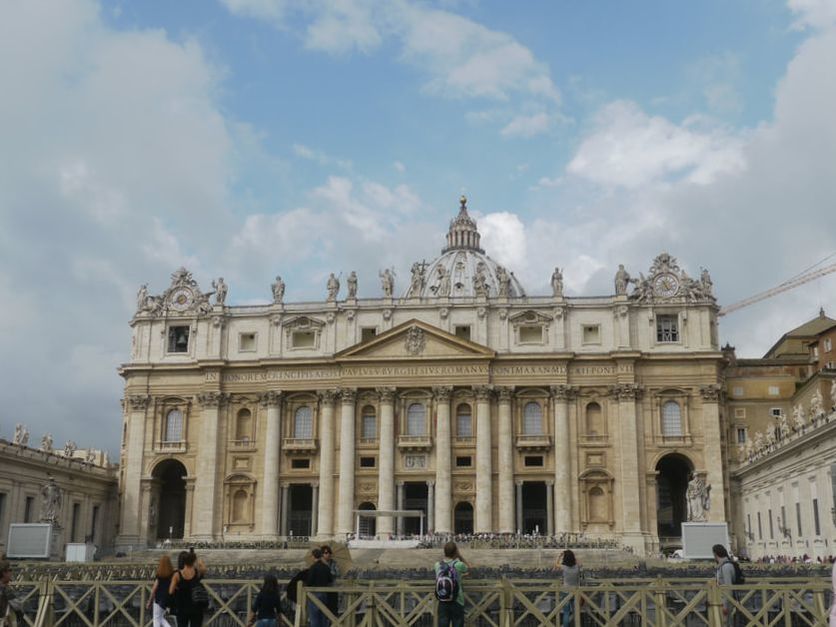
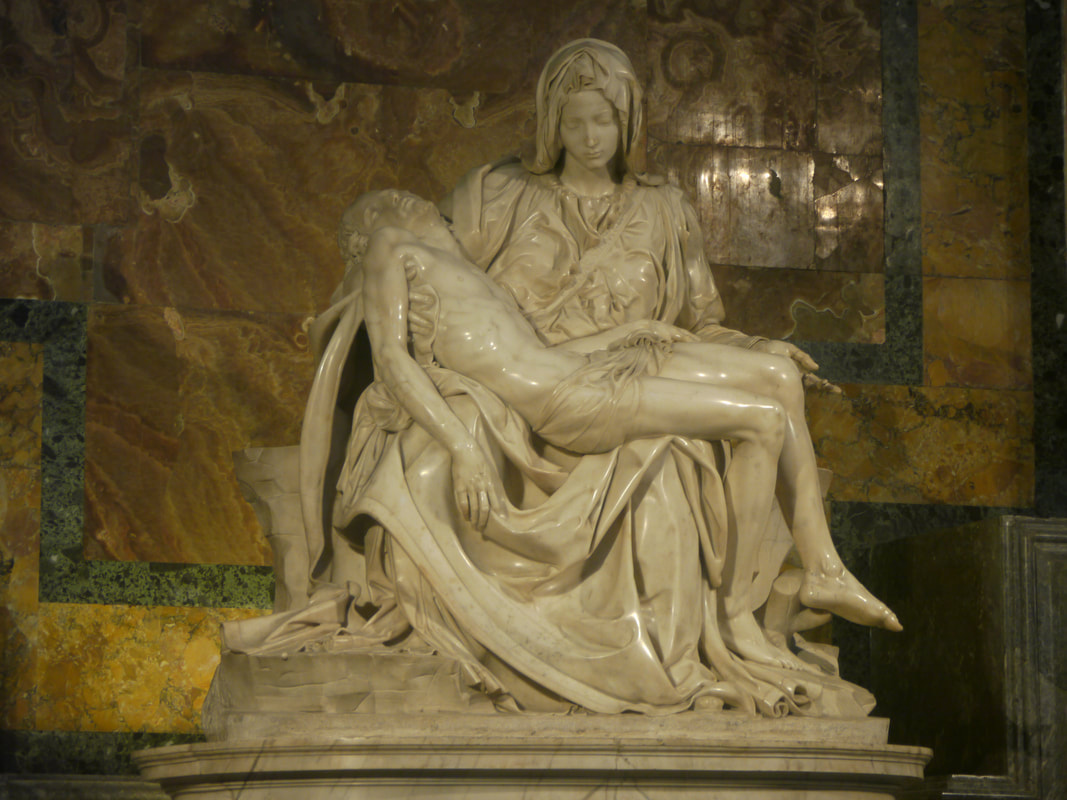
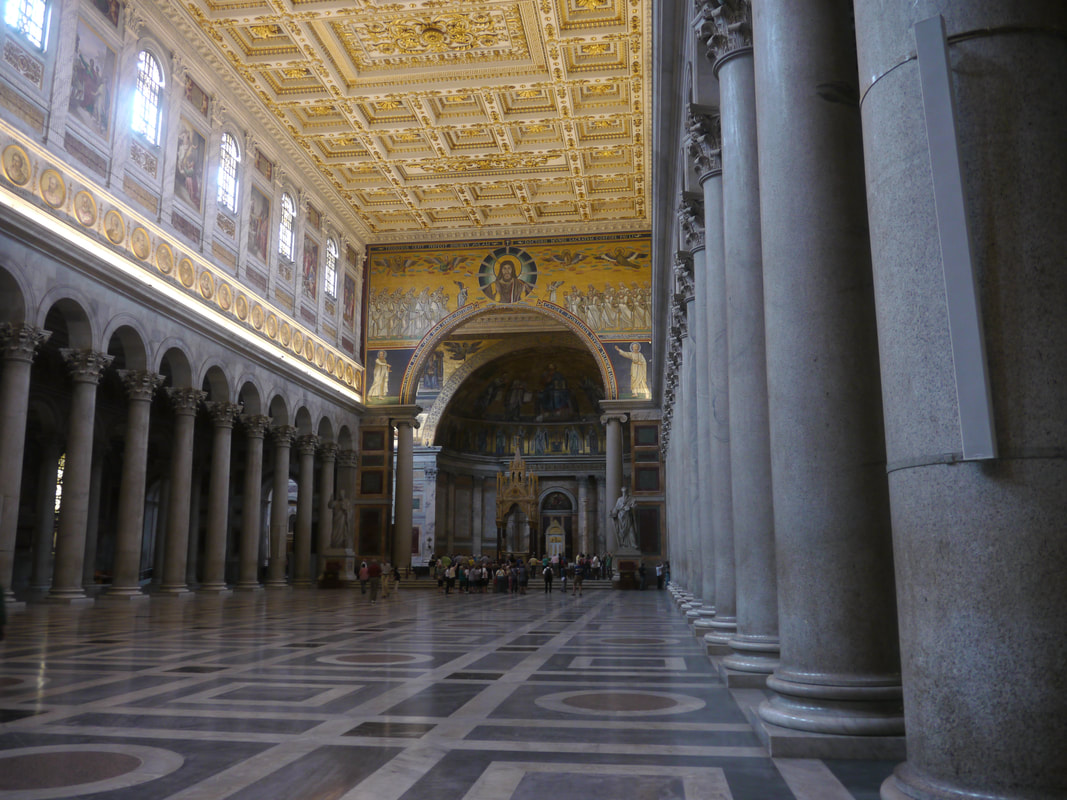
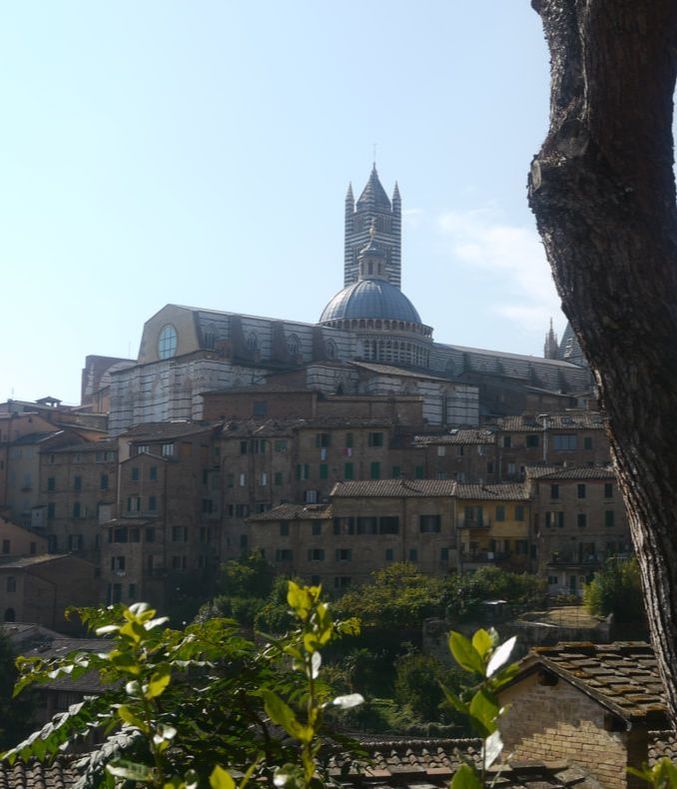
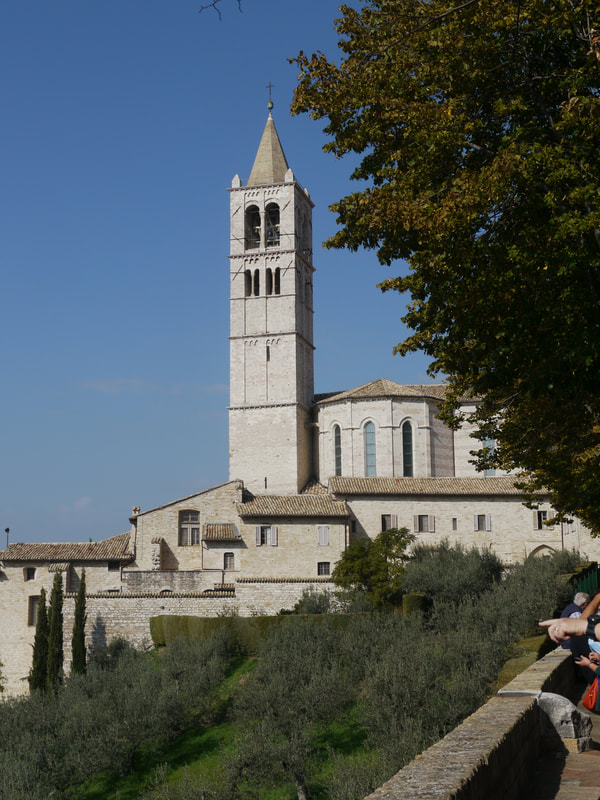
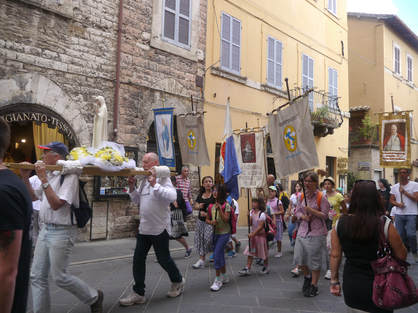
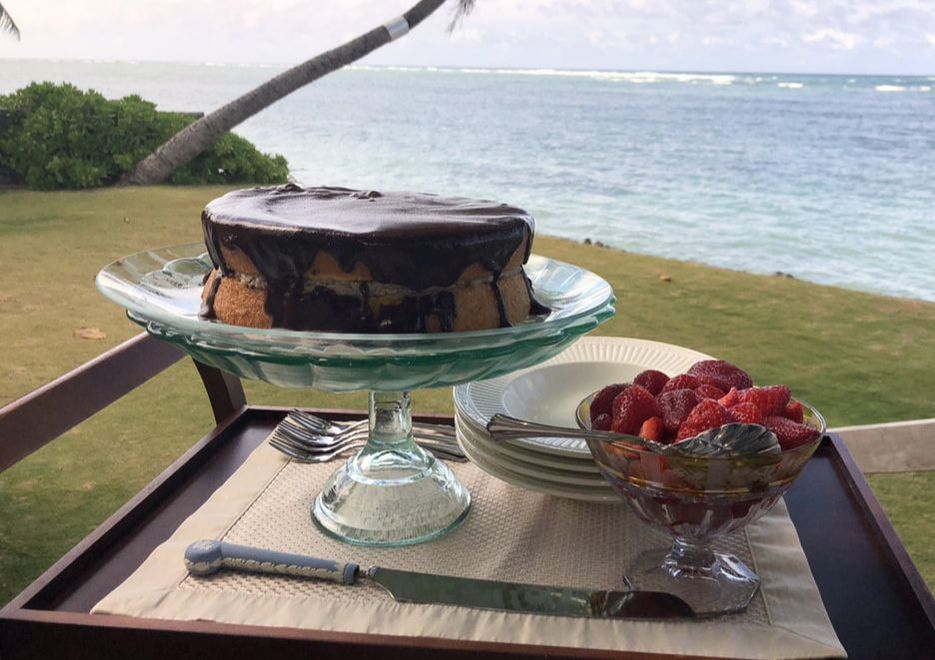
 RSS Feed
RSS Feed